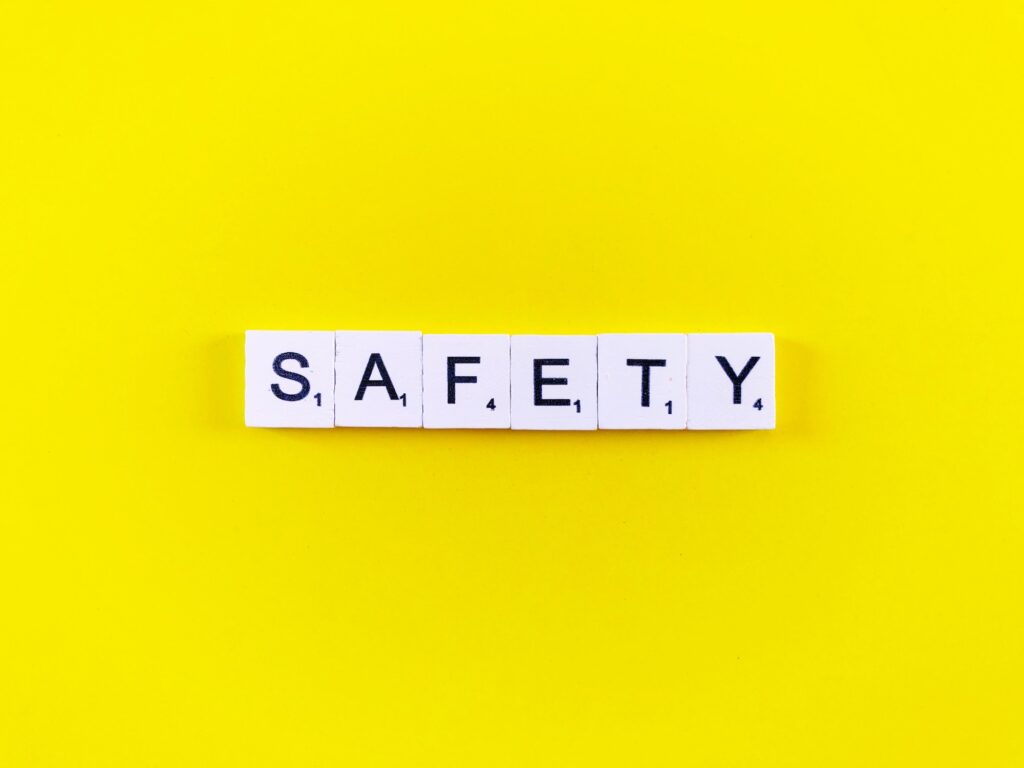Tyres are made from rubber, steel and textile fibres. A tyres quality is crucial to traffic safety – and thus tyre manufacturers only use the very best raw materials in their productions.
For decades, tyres were simply left at landfills at the end of their product life – a very unsustainable disposal solution, which is unfortunately still widely used throughout the world. Later, the energy content of end-of-life tyres was recovered through incineration in cement kilns. This was clearly a step forward in comparison with landfilling, but the good raw materials were destroyed, and only a small fraction of the energy originally invested in the production of a tyre was recovered.
The smartest and most sustainable solution is material recycling, where end-of-life tyres are processed into new, high-quality raw materials for the substitution of virgin rubber and steel.
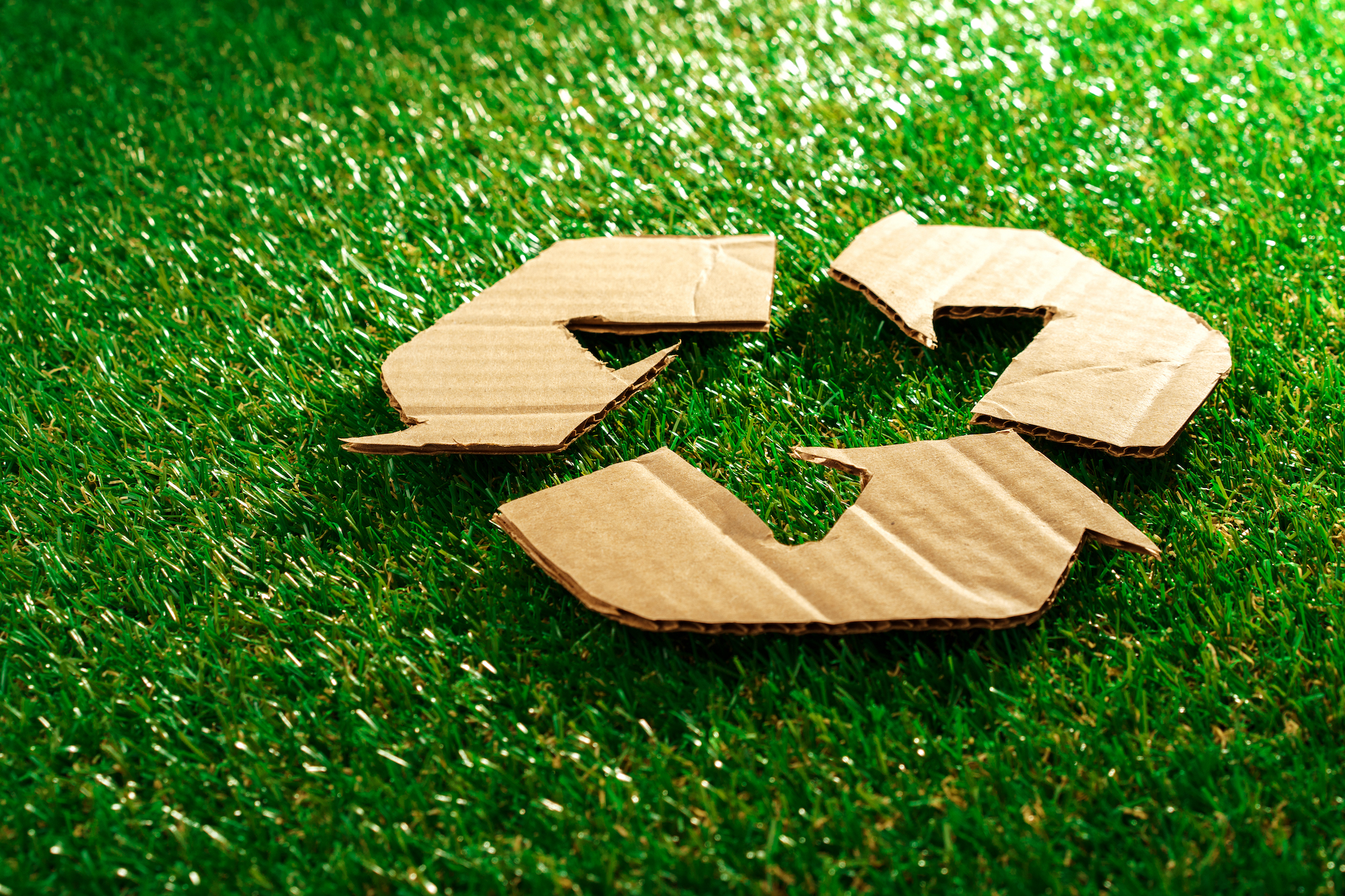
A solution is only truly sustainable if you can document positive impact on the climate; if there are no negative implications for the environment; if there are no health risks related to the use of the recycled materials; and if the quality of the recycled materials is so high that the public and the industry are prepared to use it for substitution of virgin materials.
Tyres are made from scarce resources. In future, the supply of virgin steel will be limited. The production of natural rubber involves deforestation of rainforests, leading to a lack of biological diversity. Rainforests absorb more CO2 than rubber plantations, and when rainforests are deforested in favour of new rubber plantations, less CO2 is thus absorbed from the atmosphere. Material recycling is, therefore, the most effective way to mitigate all these destructive problems.
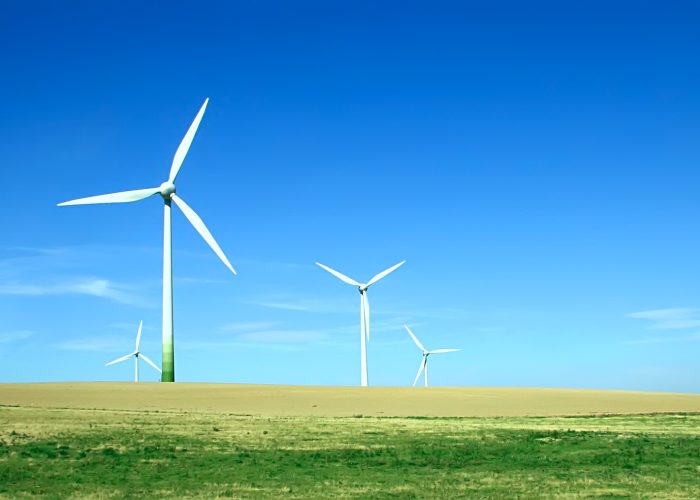
In comparison with the incineration of used tyres in cement kilns, the recycling of tyres – through processing into rubber granulate and steel for the substitution of virgin raw materials – offers substantial environmental benefits. Life Cycle Assessment studies document that the impact on the acidification of the atmosphere and the damage to the ozone layer is significantly reduced. Tyres contain sulphur, which is used in the vulcanisation process, and this sulphur vaporises in connection with incineration, causing acid rain. When tyre rubber is recycled, sulphur is contained and thus not released into the atmosphere.
Recycled rubber from end-of-life tyres is widely used in applications where it comes in direct contact with the natural environment. The most common examples are infill material in artificial turf pitches and asphalt for road construction. Numerous scientific studies have been conducted in a number of countries, analysing the environmental impact of recycled rubber. On the ATR website, you can download studies with detailed documentation from various countries.
One major environmental concern has been the potential leaching of metals and organic chemical substances from recycled rubber into drainage water and water recipients. Special attention has been drawn to zinc, PAH’s as well as dissolved organic carbon. No evidence has been found to support claims that leaching of chemical substances from infill and e-layers used in artificial turf will cause environmental problems.
It is, however, of paramount importance that recycled rubber is produced in a high quality – and made from known and consistent source material. Many rubber recyclers mix all kinds of scrap rubber, resulting in a recycled product which is not uniform, consistent and pure. ATR recycled rubber is made from end-of-life tyres only – and undergoes strict and thorough quality control, making it a prime replacement for virgin materials.
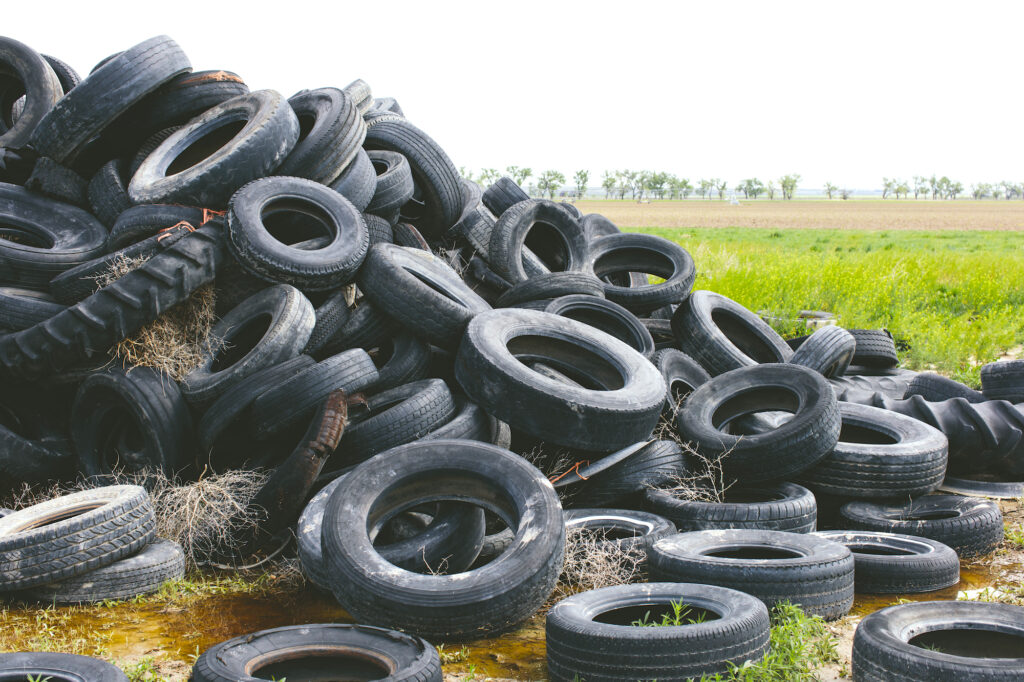
How does an advanced, responsible society deal with waste streams in the most sustainable way – whether it be plastic waste, electronics, organic material or tyres?
The most common way to answer this is through the waste hierarchy, which consists of 4 options ranging from the most to the least beneficial form of waste management.
Landfilling is, by far, the worst choice possible. Nevertheless, this is still common practice in many parts of the undeveloped world. Landfilling of tyres is a particularly bad solution, as they take up a lot of space, they are not biodegradable in any sense, and they make an excellent breeding ground for insects and vermin. In the EU, landfilling of tyres has been banned since 2003.
The best solution, reduction, is to avoid waste as much as possible by reducing consumption. In terms of tyres, this would imply a reduction of vehicle traffic. With the current global economic growth, especially outside the EU and the USA, this option is virtually impossible and unrealistic.
The Second best option, would be to reuse, fully or partly, as we do with glass bottles. In terms of tyres, this is called retreading. – New rubber tread is laid on the inner body of the tyre, the casing; and in this way, the tyre gets a new life. Retreading can only be done a few times – depending on the quality of the casing – and in the end, the tyre will need to be scrapped when the casing is worn out.
The third best option, according to the waste hierarchy, is to separate and recycle the original materials. In terms of tyres, these materials are rubber, steel and textile. This separation process is what happens at an ATR plant, and the recycled material will be used to avoid production of new virgin rubber and steel.
Finally, the fourth best option is to use the material for energy recovery. This is not as sustainable as material recycling, as the product will be destroyed, and only a fraction of the energy originally invested in the production of the product, will be recovered. Tyres are widely used for energy recovery in cement kilns. This is called co-incineration.

Life Cycle Assessment (LCA) is the most modern and advanced scientific tool to describe environmental and climate-related impacts of a given choice for a product from cradle to grave. Whereas the waste hierarchy indicates some general recommendations, the LCA will provide detailed and very solid scientific documentation, quantifying the environmental and climate-related impacts of a certain choice.
LCA studies are widely used by politicians and environmentalists in order to provide the best possible information for environmental and tax legislation. Consequently, such detailed LCA studies must be in line with strict international standards in order to avoid “greenwash” and manipulation by commercial or political interests. Therefore, a set of ISO standards, ISO 14040 and ISO 14044, has been drawn up, securing a high level of scientific reliability and peer review by independent researchers.
The cradle-to-cradle approach is the ideal solution to avoid waste from the use of a particular product. All recycled rubber produced at the ATR plants originates from tyres; and the aim should thus always be to produce rubber of such quality that it can be used to substitute virgin rubber in new tyre compounds on a 1:1 basis. Yet, during the vulcanisation process, in connection with the manufacturing of new tyres, the rubber irreversibly loses some of its properties; and recycled tyre rubber will thus most likely never be able to exhibit the identical properties of virgin rubber.
ATR fine cryogenic rubber powder and devulcanised rubber are today used in the tyre manufacturing industry, substituting a fraction of the virgin rubber compound material. ATR works in close cooperation with the tyre industry to make this ultimate cradle-to-cradle recycling a reality. Consequently, the circular economy loop in rubber and tyre production is now gradually closing, thanks to the development of the clean and environment-friendly ATR tyre recycling technology.
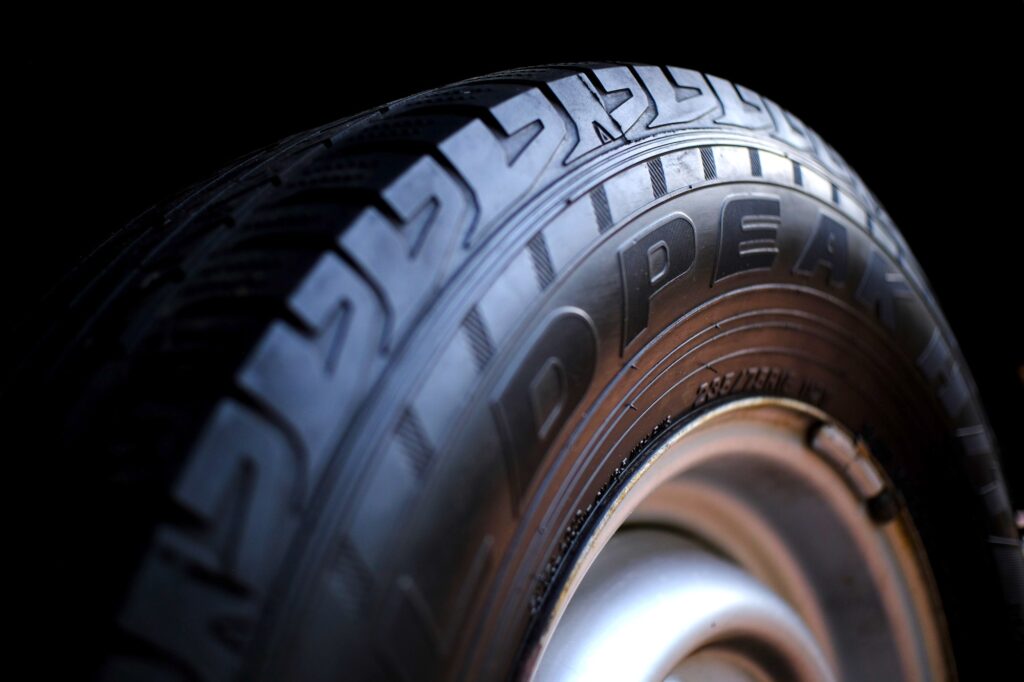
Choosing environmentally friendly ATR products means you’re supporting a modern, efficient way of tyre recycling. You’ll receive the highest quality products that are making way for a sustainable future.
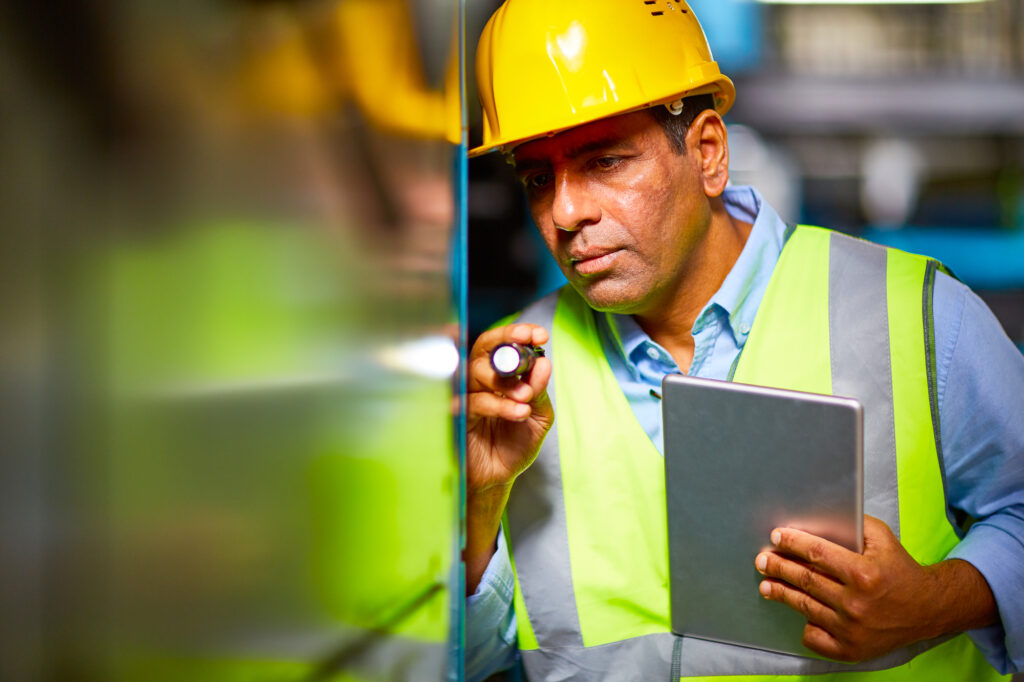
There’s more to recycling than just reusing an old product. If recycled products don’t reach the quality of raw virgin materials, then recycling is just a nice buzzword without practical meaning.
From the very beginning, quality has motivated all ATR developments – as has compliance with industry standards. At ATR, we work in close cooperation with our customers to identify the best solution possible for the fulfilment of their needs.
At ATR, it is standard procedure to take samples of production output every single day to measure and control all main properties. These records are safely filed in the event that a customer should inquire about the quality of a particular delivery. ATR is following guidelines of ISO 9001 quality management system and is quality audited on a regular basis.
Rubber granulate from end-of-life tyres is used in various applications that expose it to the public. The most common exposure is infill in artificial turf pitches. In recent years, there has been quite an extensive media coverage of rubber infill – especially with a focus on Polycyclic Aromatic Hydrocarbons (PAHs) and their potential carcinogenic effects.
Numerous scientific studies have addressed this issue; and globally, more than 70 studies based on experimental data have been carried through, concluding that there is no significant or scientifically justified risk associated with the use of rubber granulate made from end-of-life tyres.
All ATR granulate is guaranteed to be made with exclusively end-of-life tyres as source material.
An important issue for decision-makers should therefore be to choose a supplier of rubber infill, who is able to document that their intake sources are suppliers of end-of-life tyre input only.
